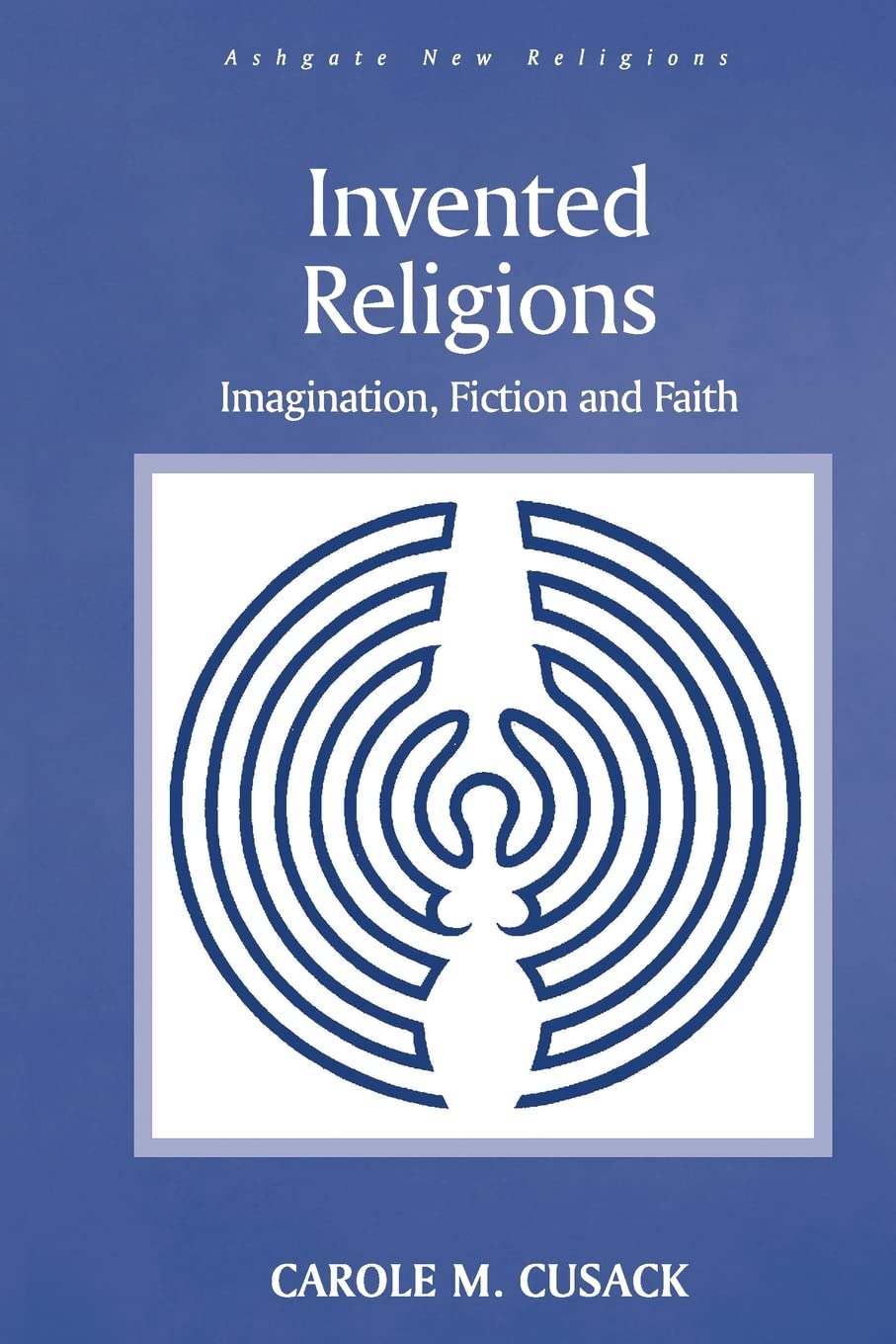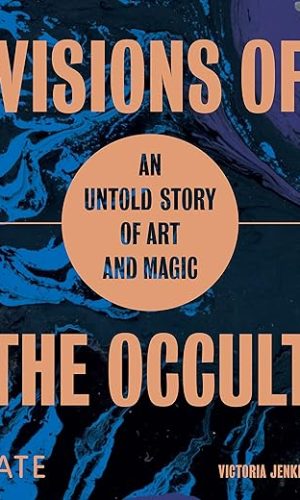Invented Religions: Imagination, Fiction and Faith (Routledge New Religions)
£36.20
Utilizing contemporary scholarship on secularization, individualism, and consumer capitalism, this book explores religious movements founded in the West which are intentionally fictional: Discordianism, the Church of All Worlds, the Church of the SubGenius, and Jediism. Their continued appeal and success, principally in America but gaining wider audience through the 1980s and 1990s, is chiefly as a result of underground publishing and the internet. This book deals with immensely popular subject matter: Jediism developed from George Lucas’ Star Wars films; the Church of the Flying Spaghetti Monster, founded by 26-year-old student Bobby Henderson in 2005 as a protest against the teaching of Intelligent Design in schools; Discordianism and the Church of the SubGenius which retain strong followings and participation rates among college students. The Church of All Worlds’ focus on Gaia theology and environmental issues makes it a popular focus of attention. The continued success of these groups of Invented Religions provide a unique opportunity to explore the nature of late/post-modern religious forms, including the use of fiction as part of a bricolage for spirituality, identity-formation, and personal orientation.
Read more
Additional information
| Publisher | 1st edition (30 Jun. 2021), Routledge |
|---|---|
| Language | English |
| Paperback | 192 pages |
| ISBN-10 | 1032099364 |
| ISBN-13 | 978-1032099361 |
| Dimensions | 15.6 x 1.12 x 23.4 cm |










by S P Mead
This is an interesting book which examines the ways in which shared and popular fictional ideas can develop into an organised belief system and, from there, emerge as a ‘religion’. The author, Carole Cusack, explores the invention of four contemporary so-called religions: Discordianism, the Church of All Worlds, the Church of the SubGenius, and Jediism. Each is discussed within the context of its origins within modern capitalism.
I came across this book as a result of my fascination with ‘Jediism’ – a belief system that has sprung up in recent decades in consequence of the popularity of the “Star Wars” films. Within the fiction, the Jedi are a group of beings who belong to an ‘order’, adhering to a set of principles and ideals, and practicing their beliefs among the communities of others. There are definite religious connotations to how the Jedi are portrayed in the films. This obviously captured the imagination of millions … And one outcome of this has been that people, when asked their religion, have responded by saying ‘Jedi’. This answer has affected census results in various countries around the world. And not only are some people merely saying they believe in the Jedi faith, but they’re actually seeking to practice it!
One conceivable outcome of such a development is that, in the distant future, Jediism exists as a recognised religion practiced by millions – with its fictional roots long forgotten. Over time, the processes at work in the ‘invention’ of such a religion are no longer seen for what they are – and the belief system is treated with authority and reverence. And, of course, if this can happen with Jediism – or Discordianism, the Church of All Worlds, and the Church of the SubGenius – then we need to ask about the origins of all religions …
The fact is, all religions are human fabrications. But we’re so distanced from the fictional origins of most religions that we typically forget – or refuse to recognise – how such creeds were invented in the first place. By looking at how religious ideas and movements are being invented today, we can gain insight into how the ancient religions were constructed.
This book touches on such issues and topics. It’s well written … but it’s far too short – at less than 200 pages. As such, it’s no more than a brief outline – and is far from comprehensive or thorough. Moreover, it’s absurdly priced. I paid £65 for a hardback copy (and the price, as I review, is £100). It’s simply not worth that price. If you can’t get it for under £20, I don’t recommend it. But if you can pick up a reasonably priced copy, I suggest buying it. It’s a fascinating – albeit brief – read.